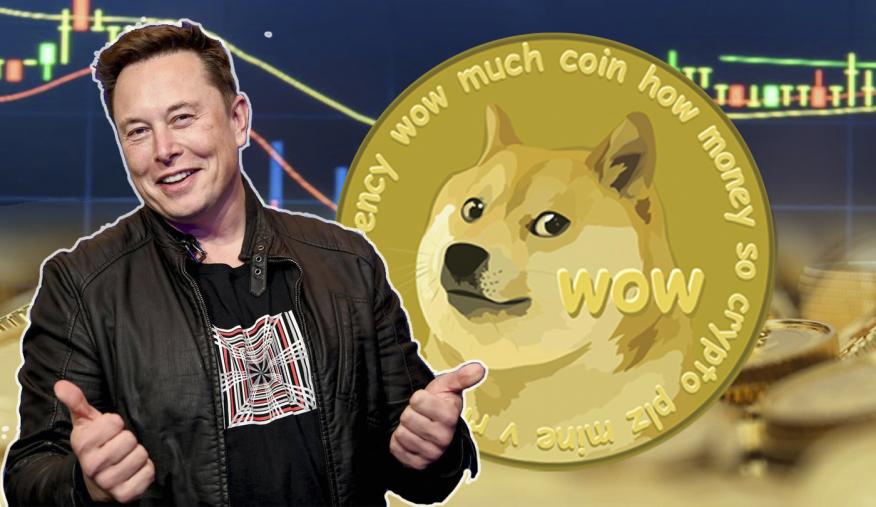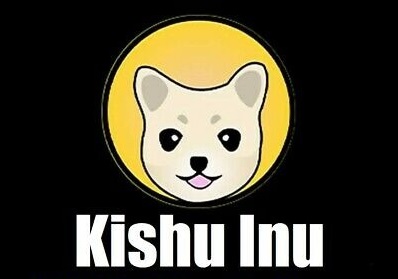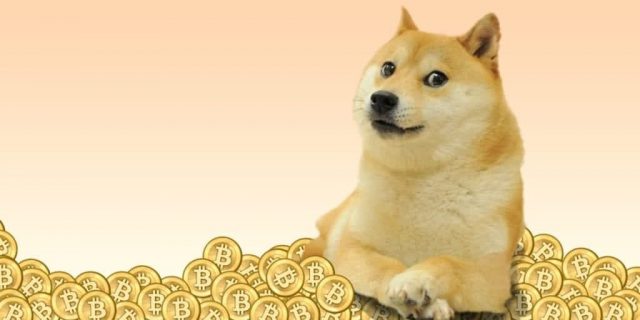That they are just a fad, that they made Dextools and Uniswap fall due to the high limit of transactions, that ‘doggies’ are the fastest way to become a millionaire, are just some of the many things that the people of the crypto world are talking about in the social networks and in specialized chats on Discord or Reddit.
The truth is that never before in the history of cryptocurrencies had there been such a strong fashion, and although there were already some ‘doggies’ such as the direct successors of Dogecoin such as Shiba, Akita, Kishu and Hokk, only in just this last week, hundreds of more Inus have appeared, sometimes more than 30 different per day combined between those that appear in the Ethereum Erc20 network, still commanded by Uniswap with its third version, and those that are born in the BEP20 network better known as Binance Smart Chain ( BSC), which for the most part, let’s be clear, are a scam.

Now, all this ‘pack’ nominated by some as the «Dog Army» was driven by the success of Dogecoin, the popular crypto based on an Internet meme that is already on its way to being worth a dollar, supported in recent times by the tycoon of Tesla, Elon Musk, former porn actress Mia Khalifa and rapper Snoop Dog just to mention a few.
Beware of the Dog.
«Dogecoin is a crypto kindergarten. It was created for fun and also to illustrate how cryptocurrencies work”, according to Jeff Gallas of the German Bitcoin Foundation. «Therefore, it is good to start, perhaps, by learning about how cryptocurrencies work and not taking it too seriously», he clarified. Now, Dogecoin has been the fastest growing currency of the year, its rates which are cheaper than Bitcoin and its faster transactions are undoubtedly points in favor of the meme and if we think that it will soon reach the value of a dollar, its market capitalization will double its value, which would put it in third place worldwide, behind Bitcoin and Ethereum, defeating giants like Cardano and BNB, the currency of Binance, the largest exchange in the world.

If we add to this that Bitcoin, in just one year, has gone from having over 70% market capitalization to being worth less than 40%, we see that the crypto giant has clearly lost ground against Ethereum, which is already on its way to 20% of the total market and BNB which is already close to 5%.
However, the coin of the doggy meme with its explosive growth and the support of its large community on Twitter and Tiktok, as well as personalities like Elon Musk and Mark Cuban could give the big surprise and if it were to be worth 10 dollars between now and the end of year, as some experts predict, it would put Bitcoin in serious trouble as it would displace it to the second place in the world ranking.
For Jay Hao, the CEO of OKEx, one of the largest exchanges in the world: «DOGE enjoys healthy development, longevity and features that cannot be found in many of the older cryptos». Because if we remember a little, Doge is one of the first ‘detachments’ of Litecoin born back in 2013, with one of the largest communities in social networks and a marketing structure that other bigger cryptos would already like.
Will Dogecoin be the currency of the future economy? Only time will tell if this sympathetic dog becomes the standard of the global financial system for the coming year.
The truth is that in addition to Dogecoin, it has already been shown that the Shiba Inu community is strong enough to ascertain that they are not a joke either, since they currently have a market capitalization that amounts to over 5.8 billion dollars and because of that, it has become one of the most promising digital assets this year.
The FOMO of the ‘doggie’
«Fear of Missing Out» or FOMO is one of the most used acronyms in social networks in the world of cryptocurrencies. And after the success of Dogecoin, new currencies inspired mostly by Japanese dogs began to emerge, causing the FOMO effect.
Coins such as Shiba Inu or Akita Inu, the first with almost a year of life and the second close to 4 months have already transformed many, who believed in them, into brand new millionaires, and behind these coins, Kishu or Hokk have appeared, which are almost only a month old and they promise to do the same with those who have trusted to invest in them.
Many of these new investors prefer these new coins because they feel that they are already «left out» or «late to the party» of Dogecoin, so instead of investing in the original canine meme they choose these much cheaper options, because with very little money they can get billions or trillions of the cryptocurrency in question. For example, if a month ago you had invested about $ 200 in Hokk or Kishu, you could have obtained trillions or trillions of crypto, which currently, despite the brutal fall of BTC to about $ 30 thousand, would be valued in thousands of USD.

It could be said that as long as the increase in value of Dogecoin lasts, the fever of the ‘doggy’ coins will continue, because many investors who saw DOGE pass before their eyes when they could still acquire it for cents or much less of a dollar, do not forgive themselves and now they want ‘revenge’ for their bad luck.
So strong is the FOMO today that, over a week ago, more than half of the most traded token pairs in Uniswap’s top ten correspond to dog coins, raising Ethereum’s gas (network fee tax), in some cases, to more than $ 300 per transaction. Thus, we see, for example, that only in the initial «pump», coins such as Uni Inu or Cyber Inu could easily multiply by ten the earnings of early investors. This is the doggy fever for which there seems to be no ‘falling Bitcoin‘, since they have not been harmed in the same way as other currencies, although they have also been considerably devalued.
The Big Loser and the Emerging ‘Cubs’.
Without a doubt, the biggest loser of this entire ‘canine’ wave is Akita, because it got caught in the middle between Shiba Inu and other crypto like Kishu Inu and Hokkaido Inu. And the truth is that Akita, for being younger (4 months) does not have the great community of Shib nor does it contribute anything new to the digital ecosystem as the Smart Contracts of Kishu and Hokk do.
In spite of only being coins a month old approximately, Kishu and Kokk reward users who hold their token with a percentage that is discounted from each transaction, which in Hokk corresponds to 2%. In this way, in about six months, one could double the amount of this ‘doggie’ in one’s wallet as the market capitalization of the currency grows.
If we add to this that the former promise, Akita, sent half of its tokens to the co-founder of Ethereum, Vitalik Buterin, with the aim of safeguarding them and giving confidence to the community, without speaking beforehand with the young millionaire, who without prior notice sold them to help the fight against Covid in India, causing the currency to fall catastrophically. We can also add to this that they modified a web page that seemed made, not by someone who knows nothing about design, but by someone who does not care at all about the image of the coin.
On the other hand, we see that coins such as Kishu and Hokk, less than a month old, have managed to grow comparatively at rates higher than those that Akita had at the same date of its creation and to be worth much more. In addition, Hokk, for example, is already incorporated into eight different exchanges, something that Akita only achieved months later.
At the moment of writing this article, other ‘doggies’ are running to the forefront with only weeks or days of life such as Tsuki Inu, Kuma Inu and scams like Chewawa Inu and Dogestar just to mention a few.
You don’t only hear barking in ethereum .
Although the universe of ‘doggies’ has developed mainly under the wings of the Ethereum network, as expected, the fashion expanded to Binance Smart Chain, where, as previously mentioned, about 80% of new projects correspond to scams, like Mama Inu or KodaRobotDog Token just to mention a few.
However, although it arose by chance as a result of a tweet by Elon Musk, we have Dogefather, a token that initially had to fight with others of the same name to differentiate itself and position itself successfully. Leaving behind others like Dogemoon, for example, and becoming the option of BSC, if you do not want to pay the abusive fees of the Ethereum network. If we add to this, that it is one of the tokens that gives the highest percentage to those who own the coin, we are talking about, perhaps, a good alternative for those who wish to keep the coin in the medium term.

Another notable project in BSC, in addition to the already named Dogefather, is ShibaPup, which would become the Shiba Inu puppy that Elon Musk requested on Twitter.


